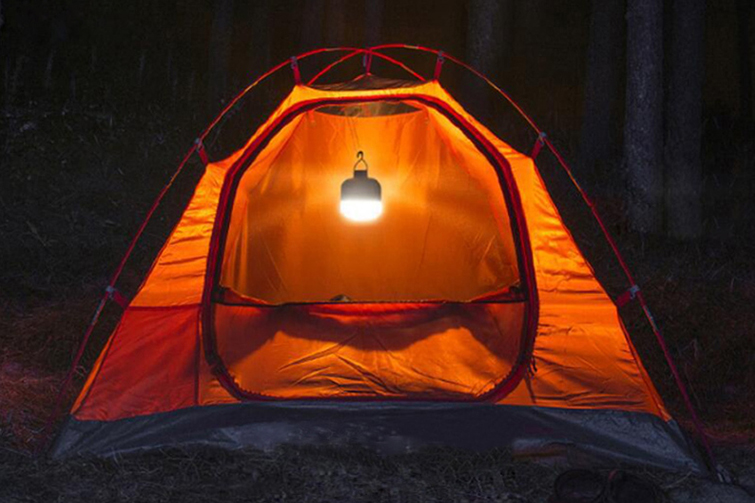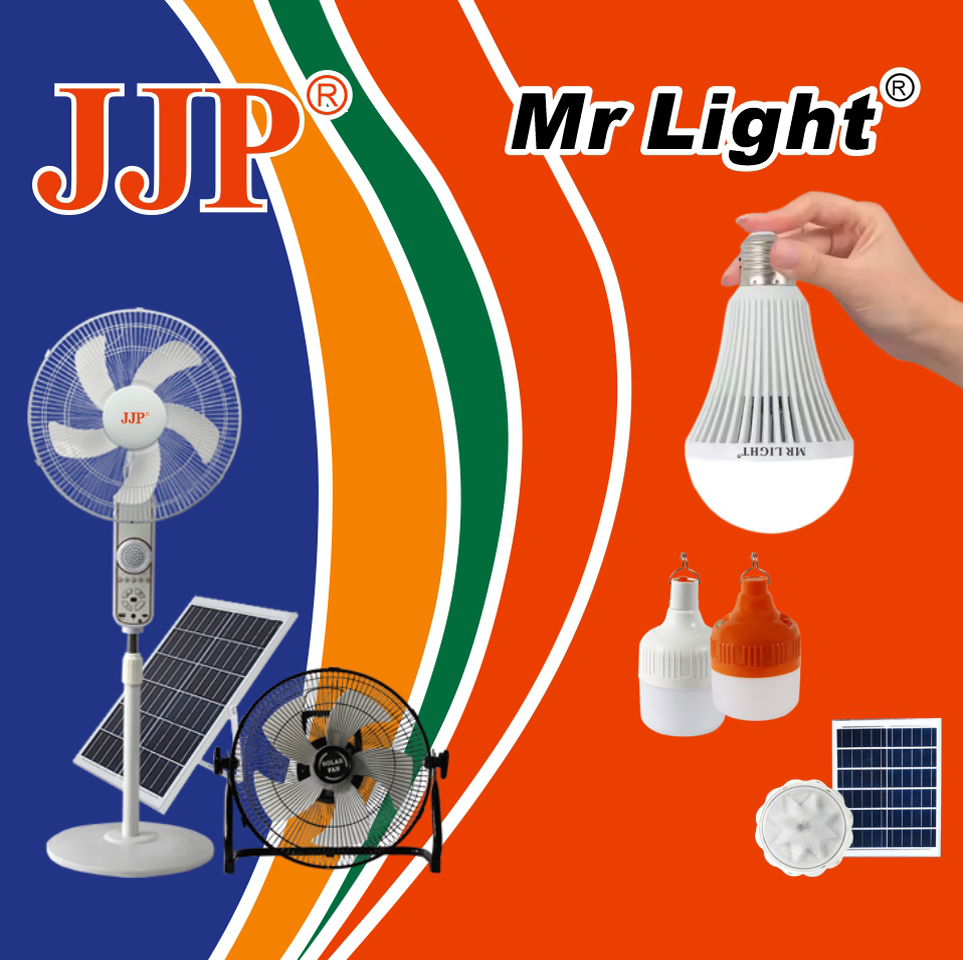
Solar-powered lighting has become increasingly prevalent in various aspects of daily life, offering both environmental and practical benefits. By harnessing the sun’s energy, these lights provide a sustainable alternative to traditional electrical lighting, with applications ranging from residential use to public spaces.
1. Residential Lighting
In homes, solar-powered lights are often used for outdoor illumination. Garden lights, pathway lights, and security lights can all be powered by solar energy, reducing electricity costs and minimizing the need for wiring. These lights are easy to install, as they do not require external power sources or complex setups. They charge during the day and automatically illuminate at night, enhancing safety and aesthetics around the home.
2. Street and Public Area Lighting
Solar-powered lights are increasingly used in street lighting and public areas. They offer an efficient solution for illuminating streets, parks, and parking lots without the need for extensive electrical infrastructure. This not only reduces installation and maintenance costs but also contributes to energy savings. Solar street lights often come with built-in sensors that adjust brightness based on traffic or pedestrian movement, further optimizing their functionality.
3. Emergency and Safety Lighting
During power outages or in areas with unreliable electrical supply, solar-powered lights provide crucial illumination. Solar-powered flashlights and emergency lights can be essential for navigating safely during blackouts or in situations where traditional lighting is unavailable. Their reliability and independence from the grid make them valuable for emergency preparedness.
4. Recreational and Event Lighting
For outdoor events, camping trips, or recreational activities, solar-powered lighting offers a convenient and eco-friendly solution. Solar lanterns and string lights can create ambiance and provide practical lighting without the need for generators or electrical outlets. They are portable and can be easily set up in various locations, enhancing the experience of outdoor gatherings.
5. Environmental and Energy Benefits
The widespread use of solar-powered lighting aligns with global efforts to reduce carbon footprints and promote sustainability. By utilizing renewable energy, these lights decrease reliance on fossil fuels and lower greenhouse gas emissions. Their ability to operate independently of the grid also supports energy conservation and reduces strain on electrical systems.
6. Educational and Institutional Uses
Educational institutions and public buildings are adopting solar-powered lighting to demonstrate commitment to sustainability and reduce operational costs. Solar lights can be used in schoolyards, campuses, and institutional facilities, promoting environmental awareness among students and visitors while achieving practical energy savings.
Conclusion
Solar-powered lighting has found a broad range of applications across residential, public, and recreational settings. Its ability to provide reliable, cost-effective, and environmentally friendly illumination makes it an attractive option for many uses. As technology advances and adoption grows, solar-powered lighting is set to play an even more significant role in creating a sustainable and energy-efficient future.






